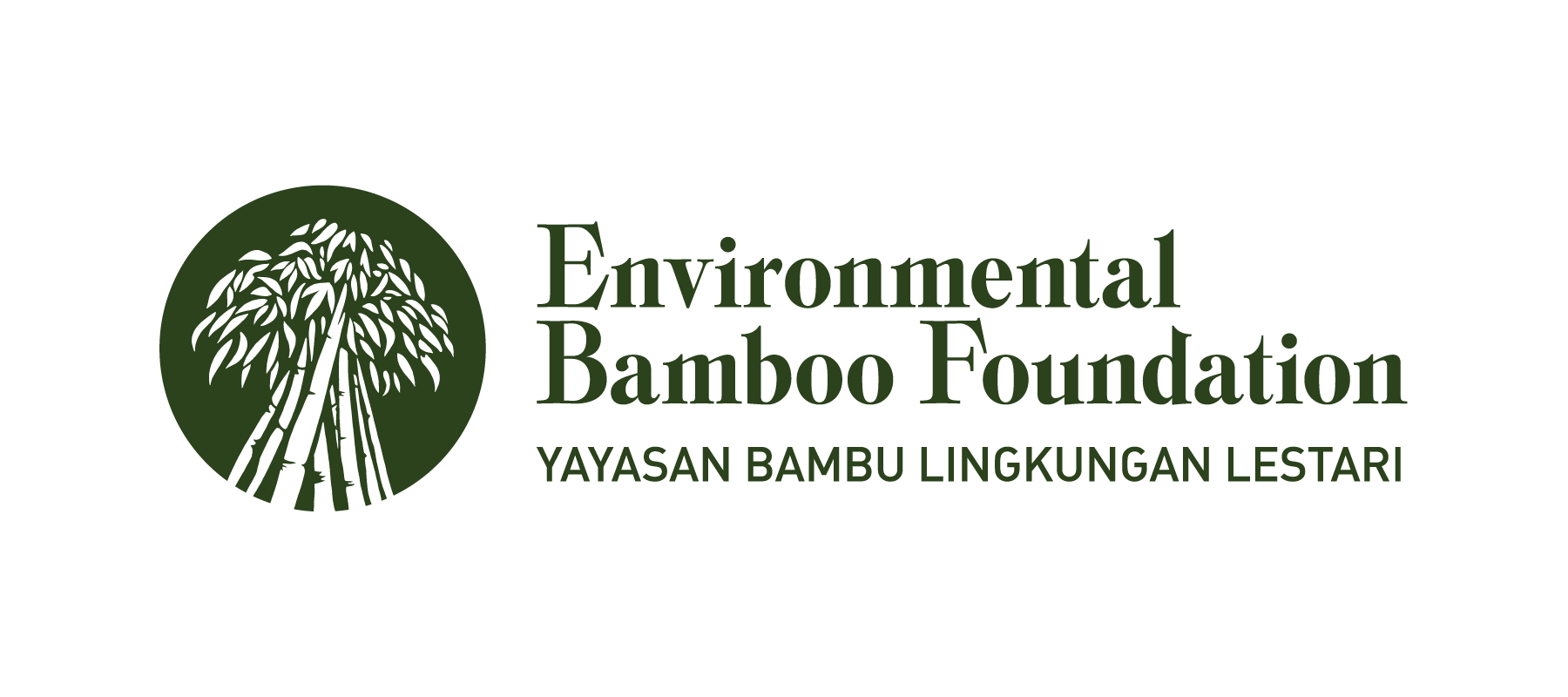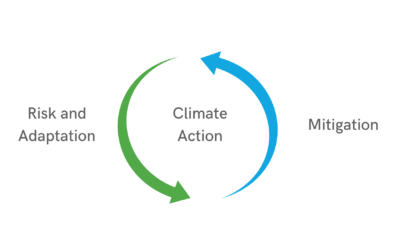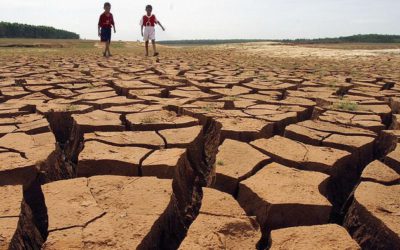Biochar: A Potential Tool in Degraded Land Restoration for a Sustainable Future
By Yuventius Nicky
The search for sustainable environmental solutions brings us to the promising realm of biochar as a potential tool in Yayasan Bambu Lingkungan Lestari’s (YBLL)’s restoration of degraded land. We will dive into biochar’s role in soil amendment and its potential application in land restoration efforts.
What is Biochar?
Biochar is a stable, carbon-rich form of charcoal produced through the pyrolysis of organic materials, such as agricultural waste, in a low-oxygen environment.
This process, highlighted in “Nature Communications” (Woolf et al., 2010), can turn biochar into a powerful tool for improving soil fertility and sequestering carbon, reducing atmospheric carbon dioxide levels.
Biochar in Soil Amendment and Land Restoration
Biochar’s application in soil amendment is well-known, but its role in land restoration, especially on degraded lands, is gaining attention.
Organizations like YBLL are exploring biochar’s potential to rehabilitate lands that have lost their productive capacity due to erosion, nutrient depletion, or other environmental factors.
By enhancing soil structure, water retention, and nutrient availability, biochar can revitalize these lands, making them suitable for sustainable agriculture and forestry.
Global Endorsement and Environmental Benefits
The environmental benefits of biochar have received global recognition. The European Biochar Foundation and the USDA’s National Organic Program have endorsed biochar for its positive impact on soil health and its role in carbon sequestration.
This global endorsement positions biochar as a key player in sustainable land management and climate change mitigation.
Sustainable Production: A Key to Environmental Impact
The production of biochar is crucial in determining its environmental impact. Modern pyrolysis methods focus on being carbon-negative, ensuring that the process captures more carbon than it releases.
This sustainable production aligns with YBLL’s goal of minimizing environmental impact while restoring degraded lands.
The Importance of Clean Emissions in Biochar Production
When producing biochar through pyrolysis, the quality of emissions is paramount. Unlike traditional biomass burning, which releases a significant amount of CO2 and other pollutants into the atmosphere, sustainable pyrolysis must prioritize clean, minimal emissions.
This approach ensures that the overall process contributes to a net reduction in atmospheric carbon levels, aligning with global climate goals.
Achieving Net Negative Emissions
Net negative emissions in biochar production are achieved when the process captures more carbon than it releases. This is feasible through controlled pyrolysis, which not only produces high-quality biochar but also minimizes harmful emissions.
A study in the “Journal of Cleaner Production” (Smith, 2016) emphasizes the need for advanced pyrolysis techniques that optimize carbon sequestration while ensuring the emissions are as clean as possible.
The Co-Production of Wood Vinegar
An added advantage of clean pyrolysis is the co-production of wood vinegar, a by-product with significant agricultural uses.
Wood vinegar, obtained from the condensation of pyrolysis vapors, can be used as a natural pesticide and soil conditioner.
This not only adds value to the biochar production process but also contributes to a more holistic approach to sustainable agriculture.
Outlook
The potential of biochar in soil amendment and land restoration, especially in the context of YBLL’s environmental initiatives, is significant.
Its application in degraded land restoration offers a sustainable path to revitalizing these lands while contributing to global efforts to combat climate change.
As YBLL and other organizations continue to explore biochar’s full potential, its role in creating a more sustainable and resilient environment becomes increasingly evident.
References:
Woolf, D., Amonette, J. E., Street-Perrott, F. A., Lehmann, J., & Joseph, S. (2010). Sustainable biochar to mitigate global climate change. *Nature Communications*. [Link](https://www.nature.com/articles/ncomms1053)
Lehmann, J., Gaunt, J., & Rondon, M. (2006). Bio-char sequestration in terrestrial ecosystems – A review. *Environmental Science & Technology*. [Link](https://pubs.acs.org/doi/abs/10.1021/es0601278)
Smith, A. (2016). Clean Emissions in Biochar Production: A Review. *Journal of Cleaner Production*. [Link](https://www.sciencedirect.com/science/article/pii/S0959652616309664



